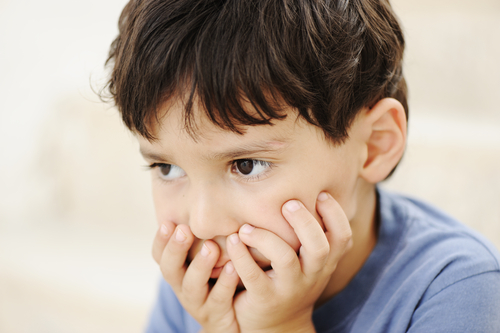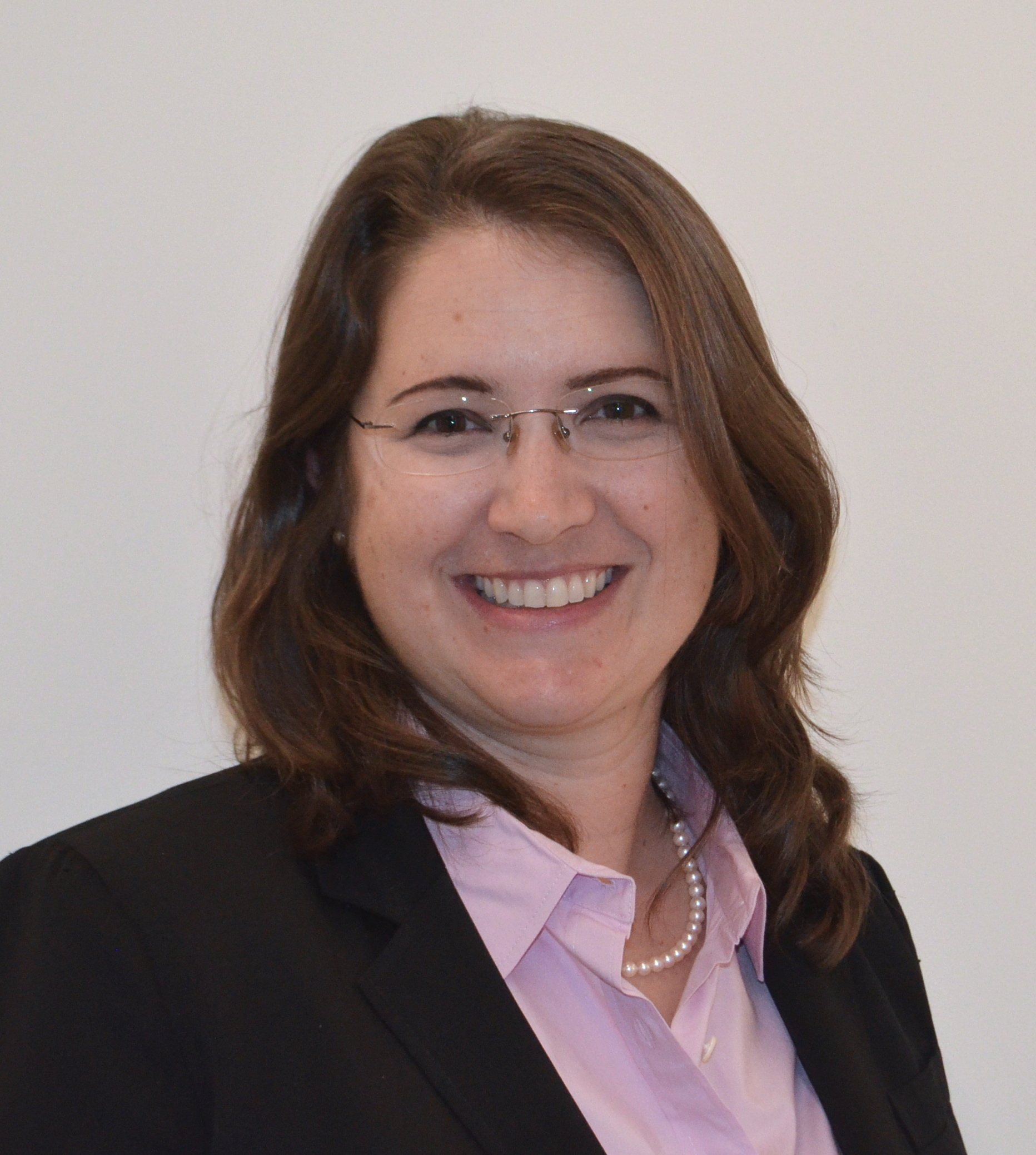Do Girls Have 'Protection' from Autism? (Op-Ed)


Alycia Halladay, chief science officer for the Autism Science Foundation, contributed this article to Live Science's Expert Voices: Op-Ed & Insights.
For years, scientists have reported a higher autism prevalence in males than in females. But do girls actually hold the key to future breakthroughs in autism research?
Most studies show about a 4:1 ratio in the prevalence of autism in boys compared with girls, meaning boys are four times as likely to receive an autism spectrum disorder (ASD) diagnosis. In the past, this significant disparity was simply chalked up to a special susceptibility in boys. Only in the past five years have researchers seriously studied the potential underlying causes of this difference — and to date, our understanding is still fairly limited.
The female "protective effect"
Despite having fewer ASD diagnoses, girls with the condition tend to have more of its genetic mutations than boys do. In particular, girls have more large duplications or deletions of DNA, called copy-number variations, in their genome. Older girls diagnosed with autism generally have more severe symptoms than boys, including lower IQ scores.
So, if females have more of these variations in their DNA, and genetics are a risk factor for autism, why would fewer girls be given a diagnosis of autism? There may be something protecting girls against symptom severity — a concept that's come to be known as the "female protective effect."
While one approach is to look directly at the genome, another is to look at symptoms in siblings of children with autism. Dr. Elise Robinson, of Massachusetts General Hospital, and colleagues explored this effect in twins, in which one twin in each pair had an autism diagnosis. By studying the unaffected siblings of those with ASD, her group found that siblings of females with autism had more symptoms of autism (without reaching the threshold for a diagnosis) than siblings of males with autism. Together, this is evidence for a protective effect.
Get the world’s most fascinating discoveries delivered straight to your inbox.
Such studies suggest that females require more genetic mutations, or a genetic "load" to have enough symptoms to reach an autism diagnosis by existing clinical tools. Other studies have come to the same conclusion (such as this comprehensive study published in September in Neuron). Interestingly enough, this is not unique to autism: In science, this idea is also known as the "Carter effect" and is seen in clubfoot as well.
How does protection work?
But what is this protective effect? Is there a gene that blocks the effect of other genes, or turns on compensatory genes? Does some sort of environmental factor in females, such as the presence of specific hormones, alter the way the autism genes are expressed? Are the genes that control for brain development in boys and girls regulated differently? These are all potential theories.
To look at the genetics behind the protective effect, Dr. Jake Gockley, of the Yale School of Medicine, and colleagues looked at an obvious place: the X chromosome. Females have two X chromosomes, and males have one X chromosome and one Y chromosome, so a mutation on the X chromosome was the first place to look. After looking extensively, researchers couldn't find just one gene that was the cause of this protective effect. It would have been nice to have immediately discovered it, but it is clearly a more complicated story that requires the pooling of large data sets with information collected on siblings not diagnosed with ASD.
These initial findings warrant a focused study of unaffected sisters of individuals with autism in an effort to identify this potential protective effect. If we can identify this protective factor, it could be harnessed to protect both boys and girls from the debilitating features of autism and improve lives by informing the development of new therapies. That's why this area of research seems so promising and exciting to many scientists in the field.
Can the protective effect help others?
The Autism Science Foundation is partnering with the Seaver Autism Center at Mount Sinai in New York to make it easier for researchers to explore the female protective effect. The newly launched Autism Sisters Initiative is building a large database of both symptoms and genetics in all family members that researchers can use to explore this phenomenon. Data on unaffected sisters will be gathered from existing projects with rigorous behavioral phenotyping data on all family members, including unaffected siblings. The database will begin with samples from the Autism Sequencing Consortium, which is a large international collaboration that shares samples and data.
In addition, the initiative will provide funds to autism research projects that already collect behavioral and genetic data so they can be expanded to include an unaffected sister in families where she is the only family member not already included. New families with a member who has autism and a female sibling without an ASD diagnosis will be recruited to donate saliva samples and participate in a full behavioral screening. The DNA will be sequenced for all family members. For the first time, researchers will be able to look at females who may carry a genetic marker for autism and do not have all the symptoms. This will revolutionize the diagnosis and treatment of not just females with autism, but males as well.
The project will convene a scientific advisory panel comprising experts in genetics, statistical genetics, epidemiology and clinicians in ASD, led by the Seaver Center's Joseph Buxbaum, to create a study protocol that will allow the question of the female protective effect to be addressed properly.
It's time for the autism research community to take a much deeper look at this phenomenon, which could very well emerge as an important new frontier in autism science. We owe it to all of the families affected by autism to take this exploration as far as it will lead us.
Follow all of the Expert Voices issues and debates — and become part of the discussion — on Facebook, Twitter and Google+. The views expressed are those of the author and do not necessarily reflect the views of the publisher. This version of the article was originally published on Live Science .




